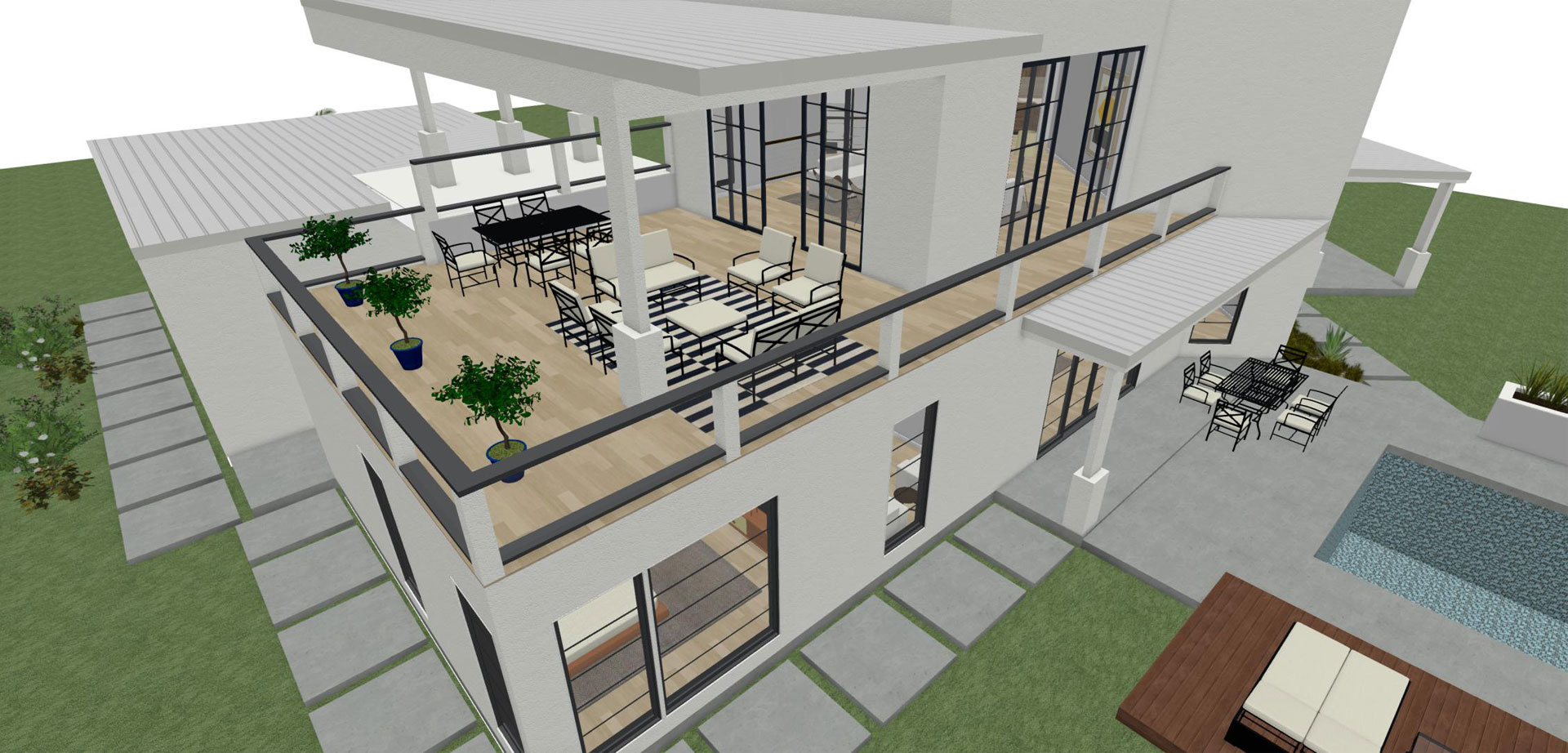Elevate Your Building Layout with the Proficiency of CDA Architects
The Impact of Technical Developments on the Layout Practices of Contemporary Architects
The rapid development of technological devices has actually considerably improved the layout landscape for contemporary engineers, cultivating unmatched degrees of technology and sustainability. Exploring these characteristics reveals a nuanced interaction between innovation and standard layout methods, triggering a better exam of what the future holds for building practices.
Development of Architectural Equipment
Exactly how have architectural tools changed the design and construction procedures over the centuries? The evolution of building devices has considerably affected the performance, accuracy, and creative thinking of design and building and construction.
With the advent of the Renaissance, the intro of the compass and the protractor marked a pivotal change. These devices allowed engineers to attain better accuracy in their styles, promoting the introduction of more detailed and proportional structures. The Industrial Revolution additionally revolutionized architectural exercise with the introduction of mechanized devices and materials, enabling larger and extra enthusiastic tasks.
In the 20th century, the development of computer-aided design (CAD) software program changed the landscape when again, providing engineers with unprecedented capabilities in modeling and visualization. Today, progressed tools such as Building Information Modeling (BIM) and parametric layout software application remain to press the boundaries of architectural technology, enabling an extra incorporated strategy to design and building procedures.
Enhanced Partnership in Layout
As innovation remains to advance, enhanced collaboration in design has come to be a keystone of modern-day building method. The integration of electronic tools such as Building Information Modeling (BIM), cloud-based platforms, and progressed visualization software has actually changed the means engineers, engineers, and stakeholders connect throughout the design process. These devices promote real-time interaction, allowing groups to share ideas, adjustments, and feedback instantaneously, no matter geographical place.

Additionally, interdisciplinary cooperation has been streamlined through these technological developments, making it possible for engineers to function extra very closely with other professionals, such as metropolitan coordinators and environmental experts. The outcome is an extra natural approach to make that considers numerous perspectives and expertise. Ultimately, enhanced collaboration in style is not just a trend; it is important for developing innovative, functional, and visually pleasing style in a significantly complex globe.
Sustainability With Innovation
Sustainability in design has increasingly become linked with technical innovation, driving the sector toward environmentally liable methods - cda architects. Contemporary designers are leveraging advanced innovations to lessen environmental impact while enhancing the efficiency of structures. One famous instance is the use of Structure Info Modeling (BIM), which enables precise planning and source allowance, minimizing waste throughout construction and promoting energy performance throughout a building's lifecycle
Furthermore, clever materials and energy-efficient systems are being incorporated into designs to optimize source use. Technologies such as photovoltaic or pv cells and environment-friendly roof systems harness eco-friendly power sources, adding to lowered carbon footprints. Additionally, the application of artificial intelligence in layout procedures enables architects to imitate and examine power usage, assisting decisions towards even more sustainable results.
The combination of lasting technologies not just lines up with global ecological goals yet also satisfies an increasing demand from customers for environmentally friendly remedies. As architects embrace these advancements, the emphasis shifts towards developing areas that are not only aesthetically pleasing yet likewise functionally sustainable, thus redefining the requirements of modern-day style. This way, innovation functions as a stimulant for sustainability, enabling architects to develop buildings that regard and enhance the natural surroundings.
Challenges in Implementation
While technological advancements in style hold fantastic pledge for boosting sustainability, their implementation commonly experiences substantial obstacles - cda architects. One main challenge is the steep learning contour connected with new technologies. Engineers and building specialists may call for comprehensive training to efficiently use sophisticated software program and devices, which can delay pop over to this site task timelines and raise costs
Furthermore, the combination of emerging innovations, such as Building Details Modeling (BIM) and lasting products, usually demands collaboration throughout multidisciplinary groups. This partnership can be impeded by distinctions in expertise, process, and communication styles, bring about possible disputes and inefficiencies.
Financial restrictions further complicate the fostering of cutting-edge modern technologies. Lots of building companies, specifically smaller sized ones, may do not have the sources to purchase sophisticated devices, limiting their capability to complete with larger companies that can manage such financial investments.
Moreover, regulatory frameworks and structure codes might not equal technological advancements, producing obscurity and potential conformity issues. This challenge can discourage architects from completely welcoming brand-new technologies, as the risk of non-compliance might surpass the benefits. Dealing with click this these implementation difficulties is crucial for the successful combination of technical improvements in contemporary building practices.
Future Patterns in Design
The difficulties associated with the application of brand-new technologies in architecture have prompted a reevaluation of future trends within the industry. As engineers navigate concerns such as sustainability, urbanization, and social equity, they are significantly adopting innovative technologies to enhance design effectiveness and environmental performance.
One prominent fad is the assimilation of artificial intelligence (AI) in the style process. AI tools can analyze huge datasets to educate style choices, boosting both imagination and functionality. Similarly, Structure Details Modeling (BIM) proceeds to advance, making it possible for real-time partnership among stakeholders and helping with streamlined task management.
Sustainable style practices are additionally getting momentum, with engineers concentrating on flexible reuse and regenerative style principles that reduce source intake and waste. The unification of wise materials and eco-friendly energy sources will further boost the resilience of structures in the face of climate change.

Final Thought
Technical developments have substantially improved architectural design techniques, facilitating improved accuracy, collaboration, and sustainability. The combination of devices such as Building Details Modeling and parametric layout software program, alongside man-made knowledge and wise products, equips architects to address complex difficulties extra properly. While implementation might present certain challenges, the i was reading this ongoing advancement of these modern technologies guarantees to drive technology in style. Future patterns will likely additionally emphasize sustainability and efficiency, inevitably redefining the constructed environment.